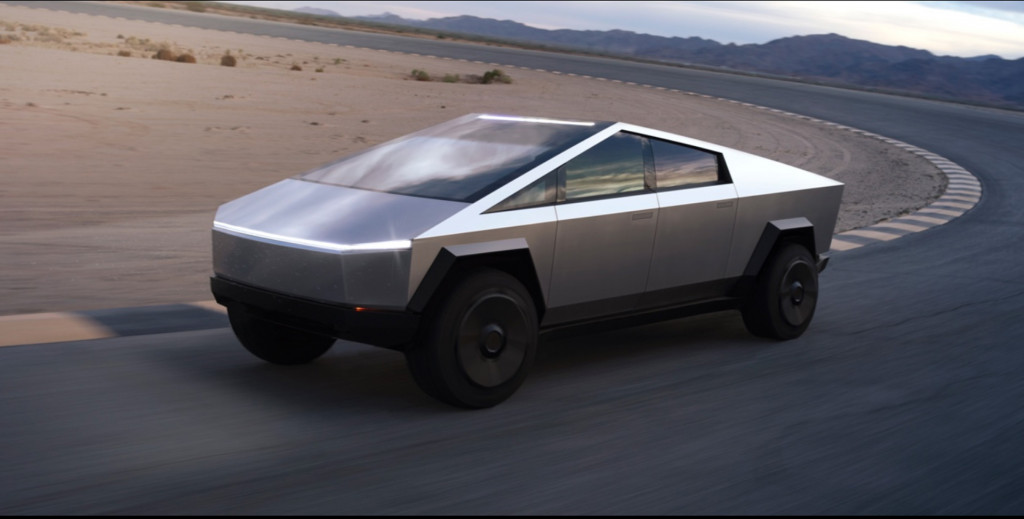As part of Tesla’s update call held with the release of quarterly financial results Monday, CEO Elon Musk delivered an update about the 4680-format cells that the company introduced at its Battery Day in September.
The company is already ordering the equipment for production of those cells in Berlin, and also for Austin, reported Musk, adding that the company is “quite optimistic” about achieving volume production next year.
The team is “not quite yet to the point where we think the cells are reliable enough to be shipping cars,” he summed. “It appears as though we’re about 12, probably not more than 18, months away from volume production of 4680,” said Musk.

Cross-section of future Tesla cell
Musk went on to clarify that as it’s aiming to ramp up production of the new cells, it’s also trying to ramp up supply from its cell suppliers as much as possible. “So this is not something that is to the exclusion of suppliers; it is in conjunction with suppliers,” he said.
The jigsaw piece in the middle of this all-hands approach is the long-delayed Semi. Tesla’s quarterly update noted that Semi deliveries will start this year. And Musk had previously said—in January—that Tesla wouldn’t have enough cells for the Semi, which uses about five times as many cells as a passenger vehicle, until it’s producing the 4680 cells in volume.
Tesla has suggested that it would use those new cells in more energy-dense applications such as the Semi and Cybertruck—allowing it to maximize production of its other vehicles, such as the Model Y that Tesla anticipates taking a top global sales position in 2022. The company has been subbing in somewhat less energy-dense LFP cells into its Model 3 in China, and that could potentially extend to the Model Y or to have enough cells for other models, such as the entry-level Tesla reportedly being developed in China.

Tesla Cybertruck
Earlier this month, in comments to Bloomberg, Panasonic battery boss Yasuaki Takumoto agreed that larger cells are a move toward more affordable cells and lower manufacturing costs, but he laid out several challenges: that the bigger cells might be harder to produce, more prone to overheating, and more susceptible to particle contamination.
LG has also reportedly made sample batches of the 4680 cells, but as of March hadn’t yet tried to mass-produce them.
Tesla has been working on a 10-GWh pilot line in California, with some measure of success, if the footage of production is any indication, although production of the cells at Germany and Texas will be an order of magnitude larger, each. Tesla said in September that it aims to make 100 GWh of the new calls by 2022, and 3 terawatt-hours of them by 2030.
Come work on cell / battery production at Giga Texas & Giga Berlin! https://t.co/PhsI5bb0uD pic.twitter.com/jEUatMLDmE
— Tesla (@Tesla) January 17, 2021
Which begs a question Musk hasn’t answered yet: If the ramp-up of 4680 cells is more than 18 months away, keeping the Semi and Cybertruck from volume production, are they due to be powered by one cell type at launch and another one later? What are Tesla’s options? We look forward to some answers.













